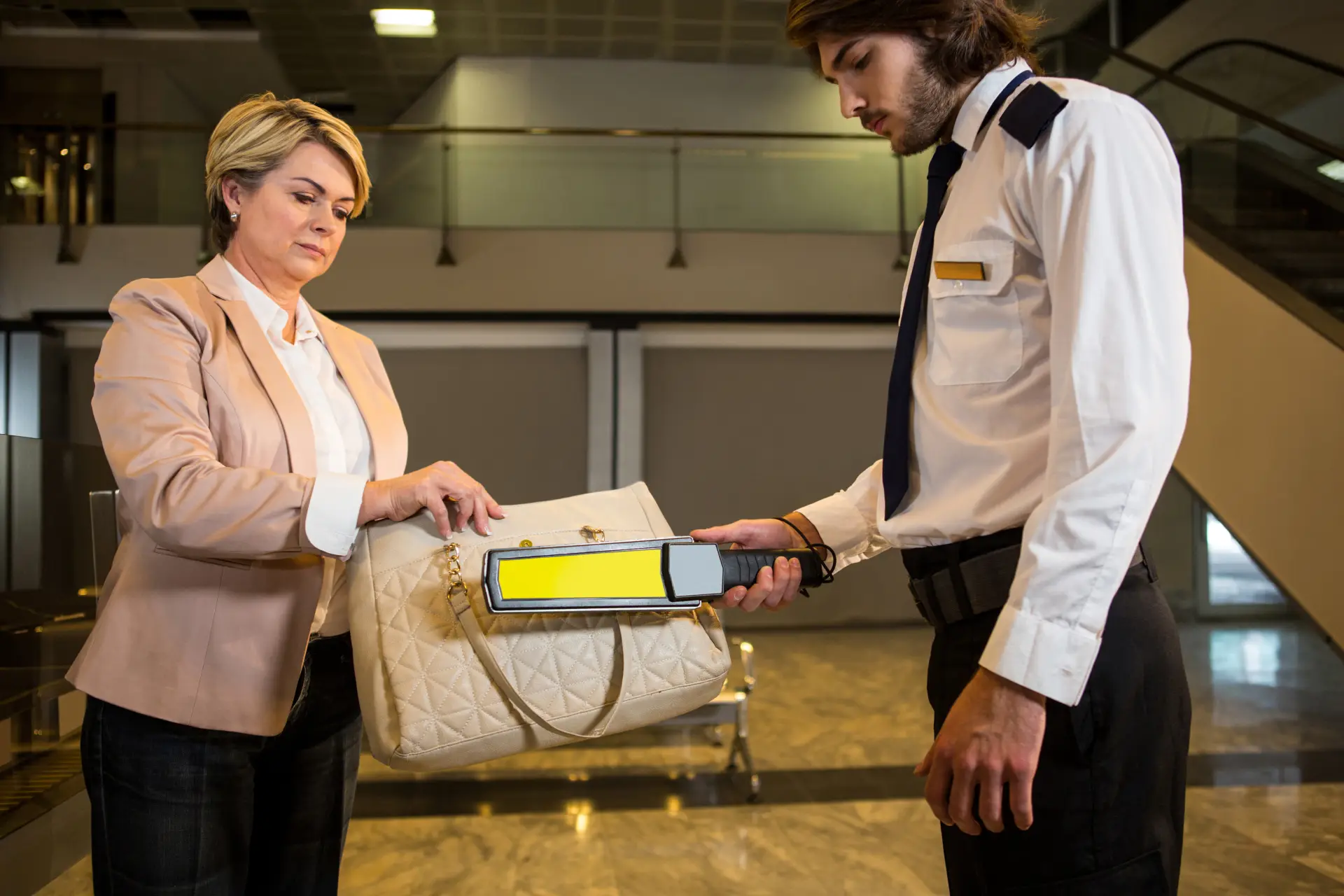Taking off your shoes at airport security checkpoints are now in effect and limiting liquids could soon be a thing of the past, as the Transportation Security Administration announces major changes to make air travel easier for passengers.
You’re still removing your shoes when you don’t have to. You’re standing in the longest security line while shorter ones sit empty right next to you. Most travelers waste 30+ minutes in security lines due to poor planning and not knowing legitimate strategies that experienced travelers use.
Smart travelers know better. They use airport security tips that cut their wait times dramatically. They get TSA PreCheck benefits without paying full price. They track airport security wait times in real time and time their arrival perfectly.
This guide reveals five proven strategies that can cut your security wait times by up to 70% while staying completely compliant with TSA rules.
#1. Exploit the New ‘No Shoes Off’ Policy Most Travelers Don’t Know About
Most people still kick off their shoes at security checkpoints. They don’t know the rules changed. You can walk right through while they’re hopping around on one foot, untying laces.
The Big Change That Happened in July 2025
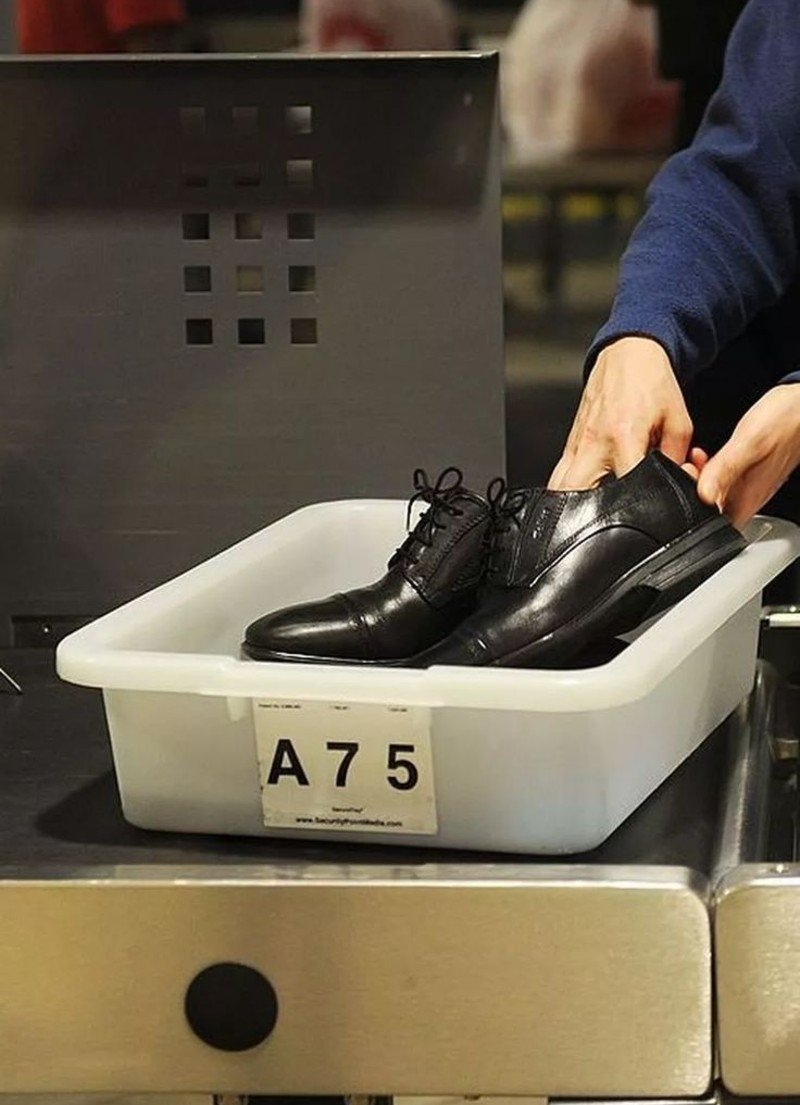
The Department of Homeland Security ended the requirement for travelers to remove their shoes during screening in July 2025. This was huge news.
Walk through any airport today and you’ll see it. People automatically sit down and start untying their shoes. They think they have to. You don’t.
How to Use This While Others Don’t Know
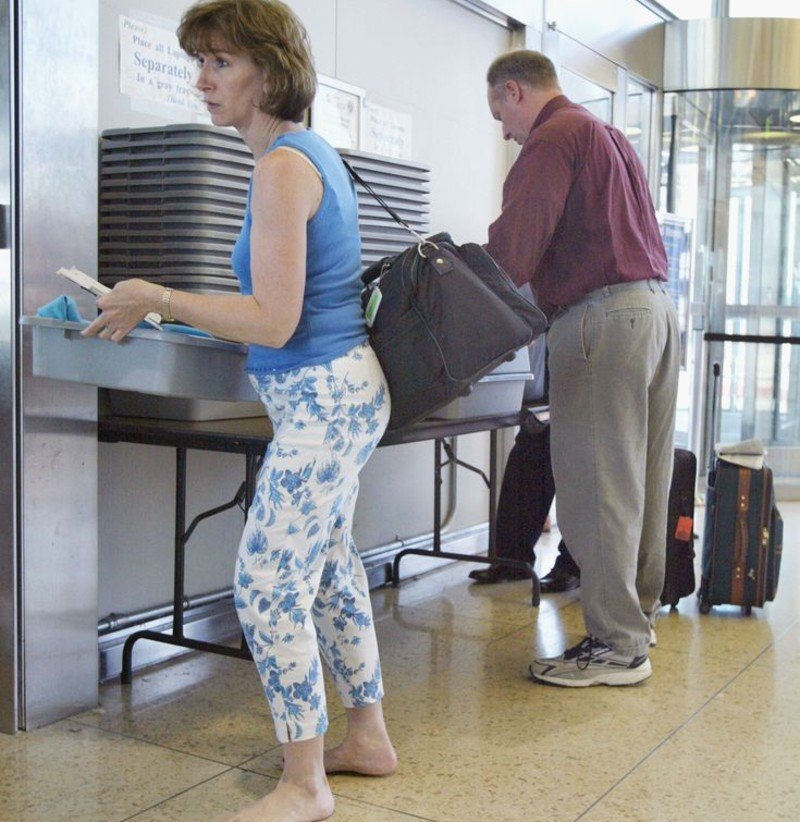
Keep your shoes on and walk straight to the metal detector. While others fumble with laces and lose precious seconds, you’re already through.
The TSA agents won’t stop you. They know the new airport security rules. But they won’t announce it either. They’re busy managing the crowds of people who still think shoe removal is required.
This simple trick can save you 2-3 minutes per checkpoint. Multiply that across multiple trips and you’re saving hours each year.
Which Airports Might Still Ask for Shoe Removal
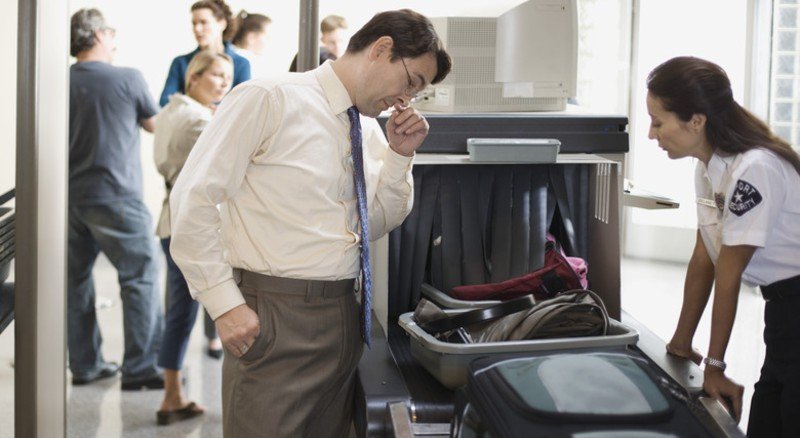
Some smaller regional airports might not have updated their procedures yet. Their TSA screening 2025 protocols could lag behind major hubs. If an agent asks you to remove your shoes, just do it. Don’t argue.
International flights sometimes have different rules too. The new policy mainly applies to domestic TSA checkpoints in the US.
Smart Shoe Choices for Fastest Processing
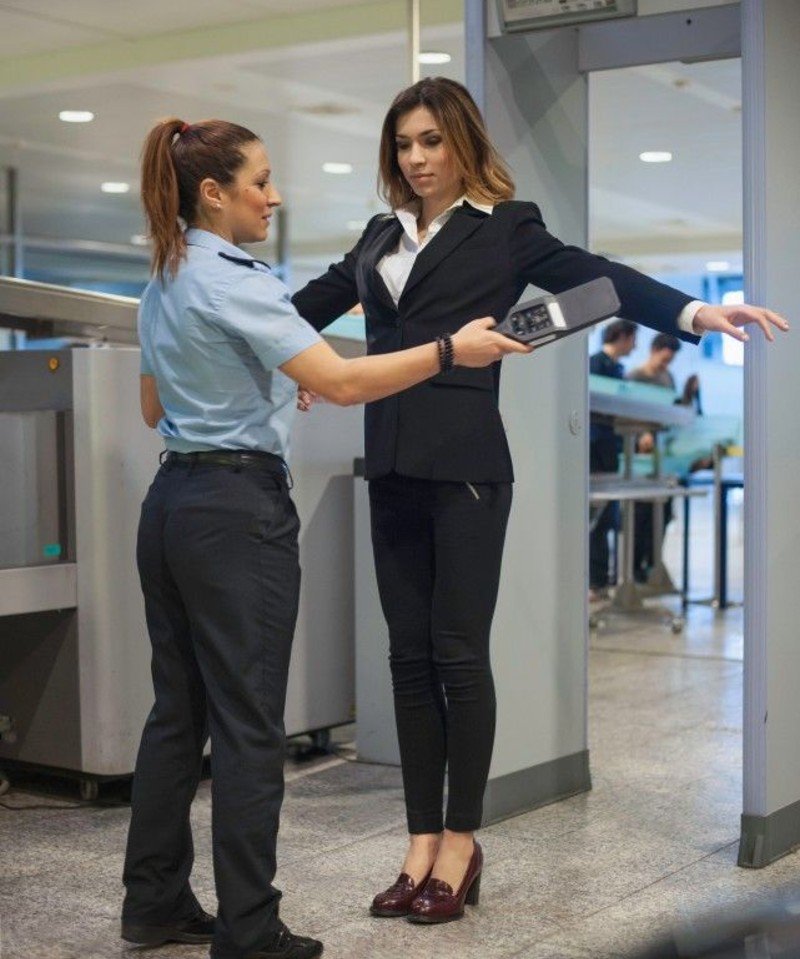
Even though you can keep shoes on, your choice still matters. Metal-heavy boots might trigger the detector. Sneakers with minimal metal work best.
Slip-on shoes are still your friend. If you do get randomly selected for additional screening, you can remove them quickly. Think of it as insurance.
Avoid shoes with thick soles or strange shapes. These can look suspicious on the X-ray and trigger a manual inspection. Simple, low-profile shoes move fastest through security.
#2. Access Family Lanes Even Without Kids (The Legal Way)
You see the short family lane while you’re stuck in the regular security line. It moves fast and looks empty. Here’s how you might legally get access to those faster lanes.
The New Family Lane Program Most People Don’t Know About
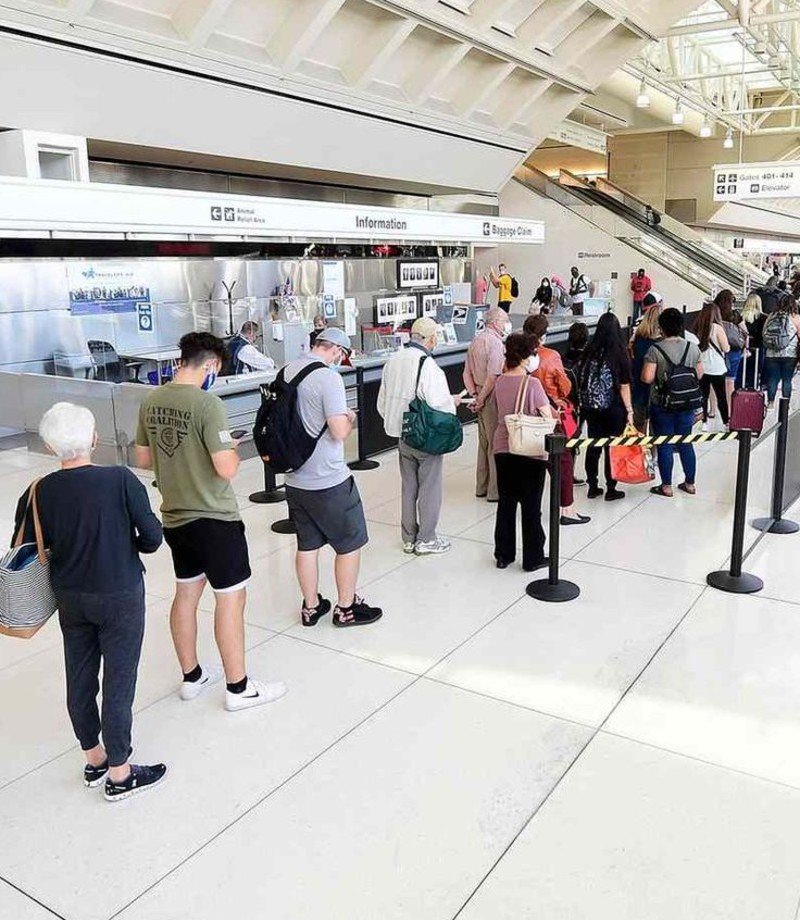
TSA launched the “Families on the Fly” campaign with dedicated family lanes at select airports nationwide. These lanes help parents with young kids get through security faster. But they’re not just for people with children.
The program started because families slow down regular lines. Kids need extra help. Parents carry more stuff. Everyone gets frustrated. So TSA created separate lanes to fix this problem.
Airports Where Family Lanes Airport Access Works
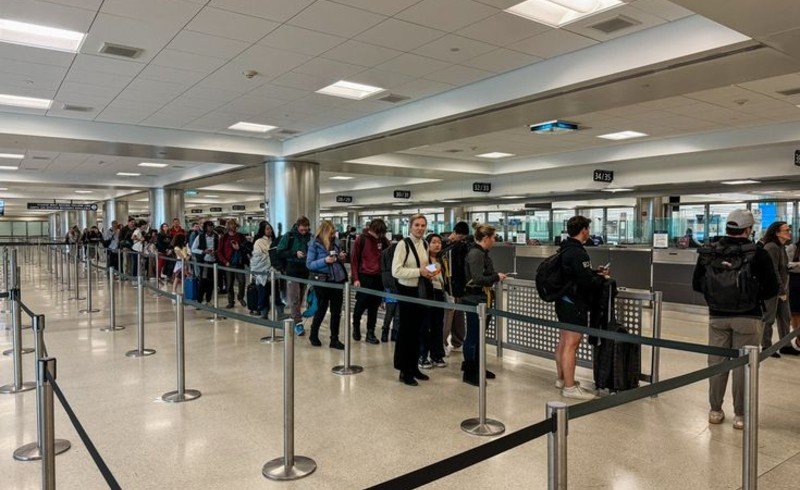
Right now, you can find family lanes at these major airports: Orlando International (MCO), Charlotte-Douglas International (CLT), John Wayne Orange County Airport (SNA), Jacksonville International (JAX), and several others.
Daniel K. Inouye International Airport in Honolulu, Charleston International Airport in South Carolina, Will Rogers World Airport in Oklahoma, Luis Muñoz Marín International Airport in San Juan, PR, and T.F. Green International Airport in Providence, Rhode Island also have these lanes.
When You Can Legally Use Family Lanes
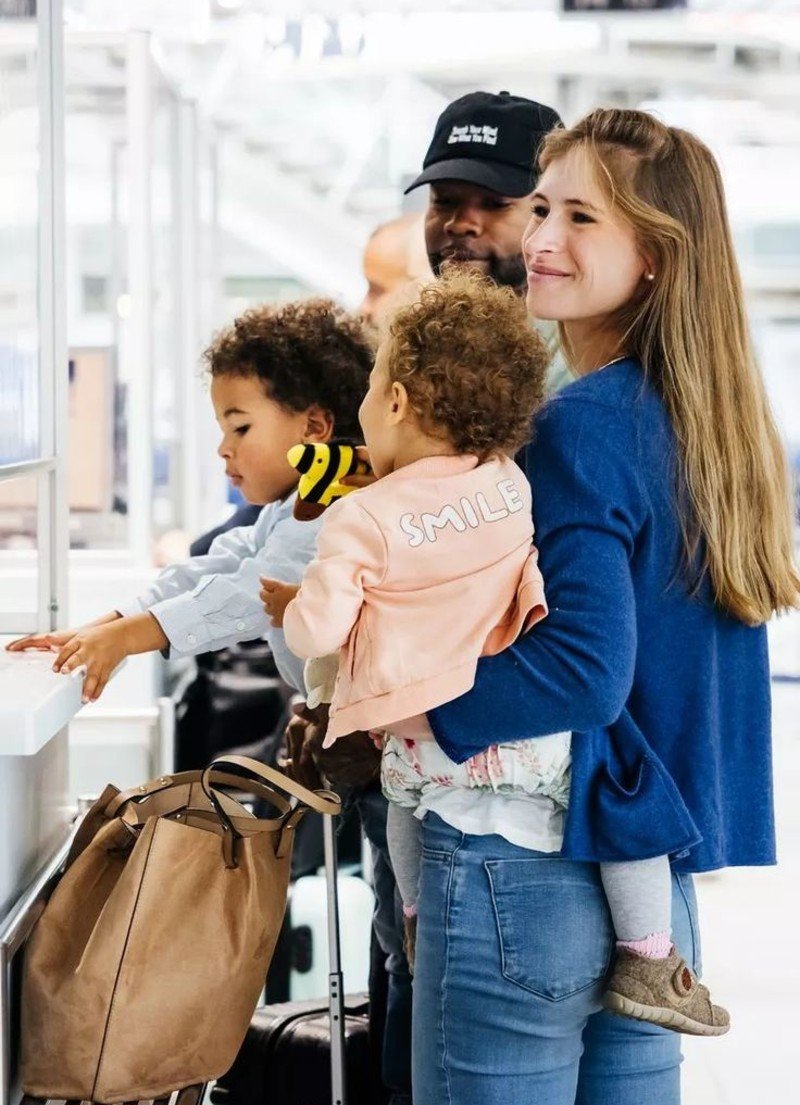
You don’t need to have kids to qualify for help. Are you traveling with elderly grandparents? They might need extra assistance. Ask politely if you can use the family lane.
Some airports let military families use these lanes too. Military personnel and civilian Department of Defense staff are eligible for free TSA PreCheck by using their DOD ID number as their Known Traveler Number.
How to Ask for Help the Right Way
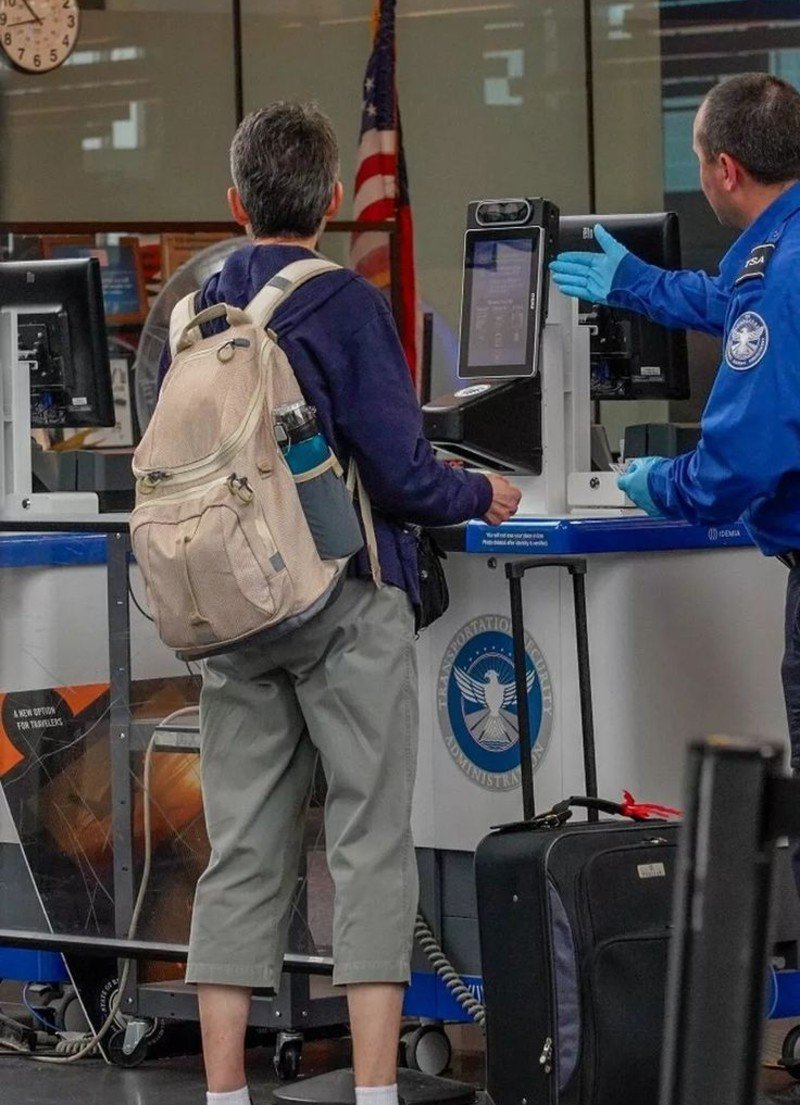
Don’t lie or pretend you have kids. That’s wrong and could get you in trouble. Instead, be honest about your situation.
Say something like: “I’m traveling with my elderly mother who moves slowly. Could we use the family lane for extra space?” Most TSA agents will help if you ask nicely.
If you’re in a group that includes families, you might all get directed to the family lane together. This happens often during busy travel times.
#3. Time Your Arrival Using Real-Time Intelligence Apps
You show up at the airport two hours early. The security line stretches forever. You could have left home an hour later and saved time. Here’s how to know exactly when to arrive.
The App That Shows Real Airport Security Wait Times
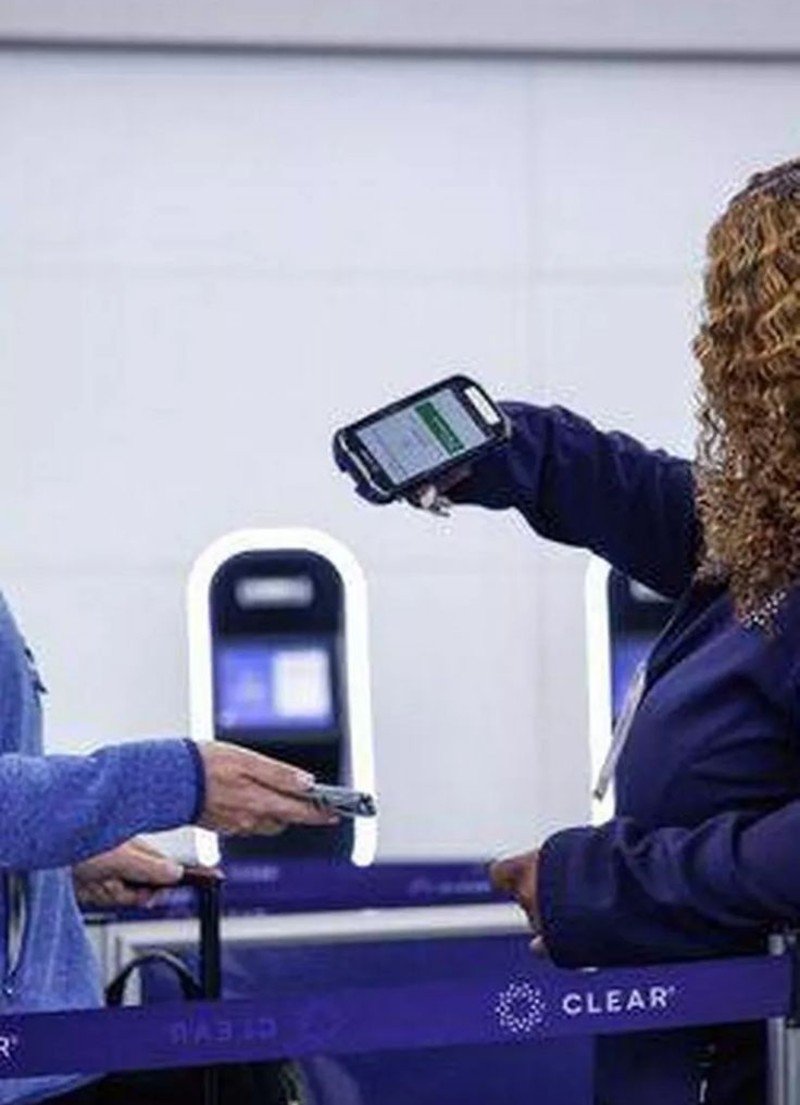
Download My TSA application to check and post airport delays reported by fellow travelers in real time. This free app gives you live data from people actually standing in line right now.
Open the app before you leave home. Check your airport’s current wait times. See a 5-minute wait? Leave later. See a 45-minute backup? Leave earlier or change your route to the airport.
The Best Times to Avoid Crowds
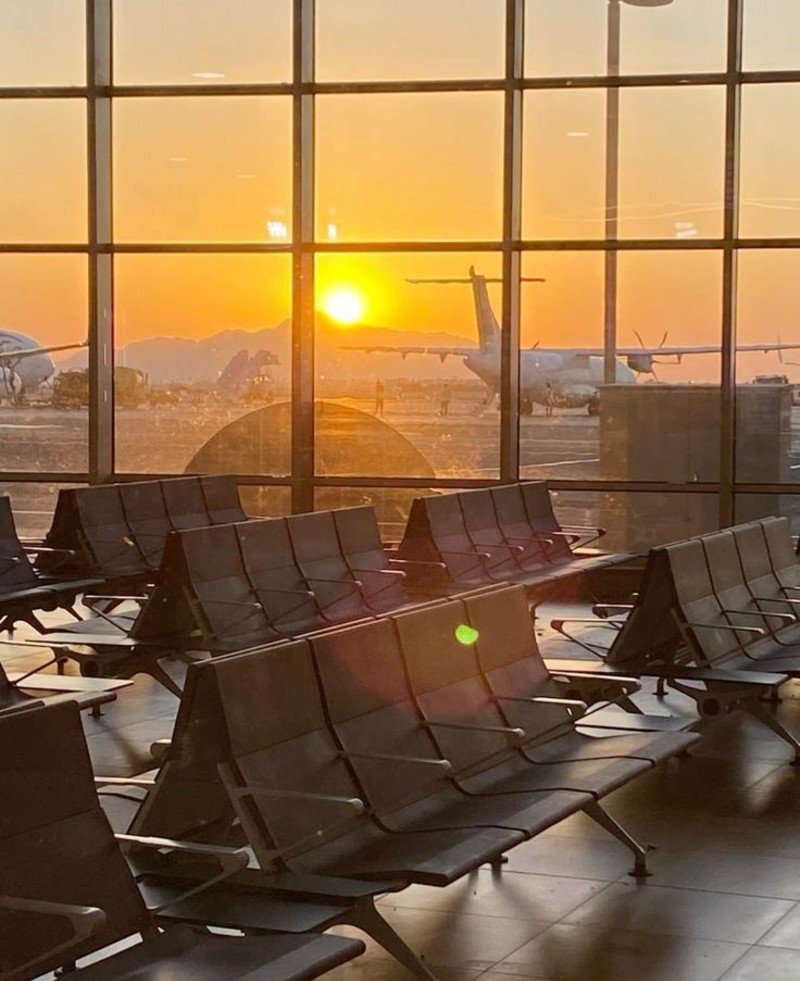
Early morning weekdays and avoid weekends which are the busiest travel days. Tuesday through Thursday mornings are your sweet spot. Most business travelers fly Monday and Friday. Families travel weekends.
The absolute best time slots are 6-7 AM on weekdays and late evening after 9 PM. These windows consistently show the shortest TSA wait times.
Peak Hours That Will Ruin Your Day
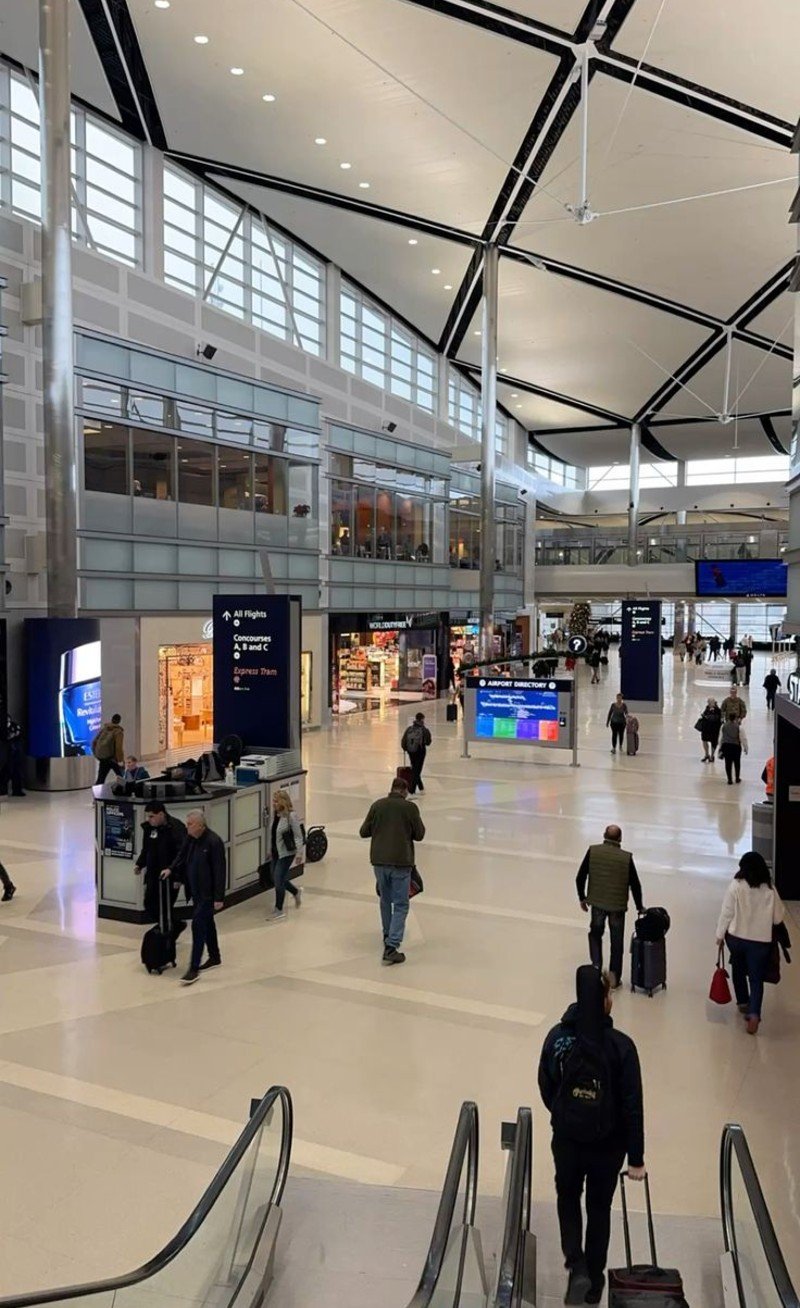
More than one-third of SEA’s daily passenger volume arrives at the airport before 9 a.m., with peak periods from 2 to 5 p.m. and 9 to 11 p.m. These patterns repeat at most major airports.
The morning rush hits between 7-9 AM. Everyone wants to catch early flights for business meetings. The afternoon crunch happens when people fly out for weekend trips. Evening crowds build up for red-eye flights.
How to Use Wait Time Data Like a Pro
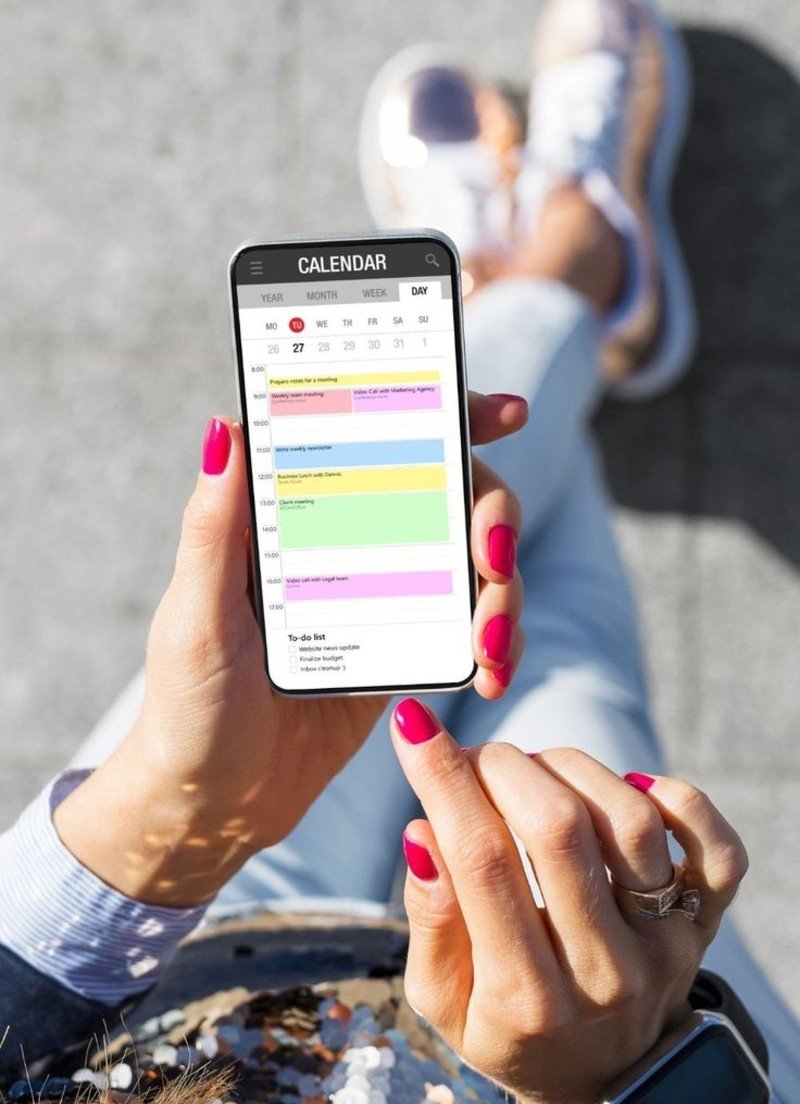
Check the app 2-3 hours before you plan to leave home. Look for trends, not just current numbers. Is the wait time going up or down?
Set up alerts if your airport supports them. Some apps will text you when wait times spike or drop.
Plan backup routes to different terminals if your airport has multiple security checkpoints. Terminal B might be packed while Terminal A is empty.
#4. Leverage New CT Scanner Technology at Select Airports
You’re unpacking your laptop and pulling out your toiletry bag. The person next to you walks through with everything still packed. They found a CT scanner lane and you didn’t.
What CT Scanners Actually Do for You
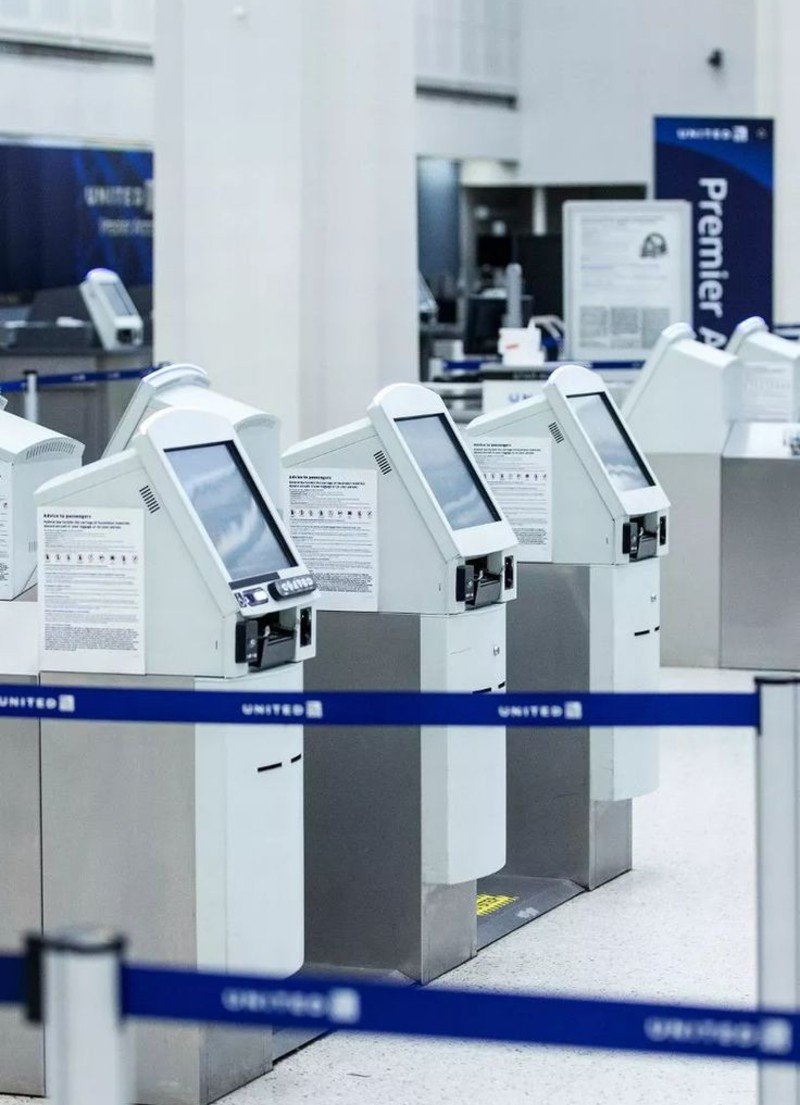
CT units give TSOs the ability to review a 3D image of passengers’ bags and reduce the need to physically search contents. In airports with these CT units, you do not need to remove your 3-1-1 liquids or laptops.
The TSA CT scanners work like medical CT scans. They create detailed 3D pictures of everything inside your bag. Agents can rotate and examine items without touching them.
Which Airports Have This Airport Security Technology 2025
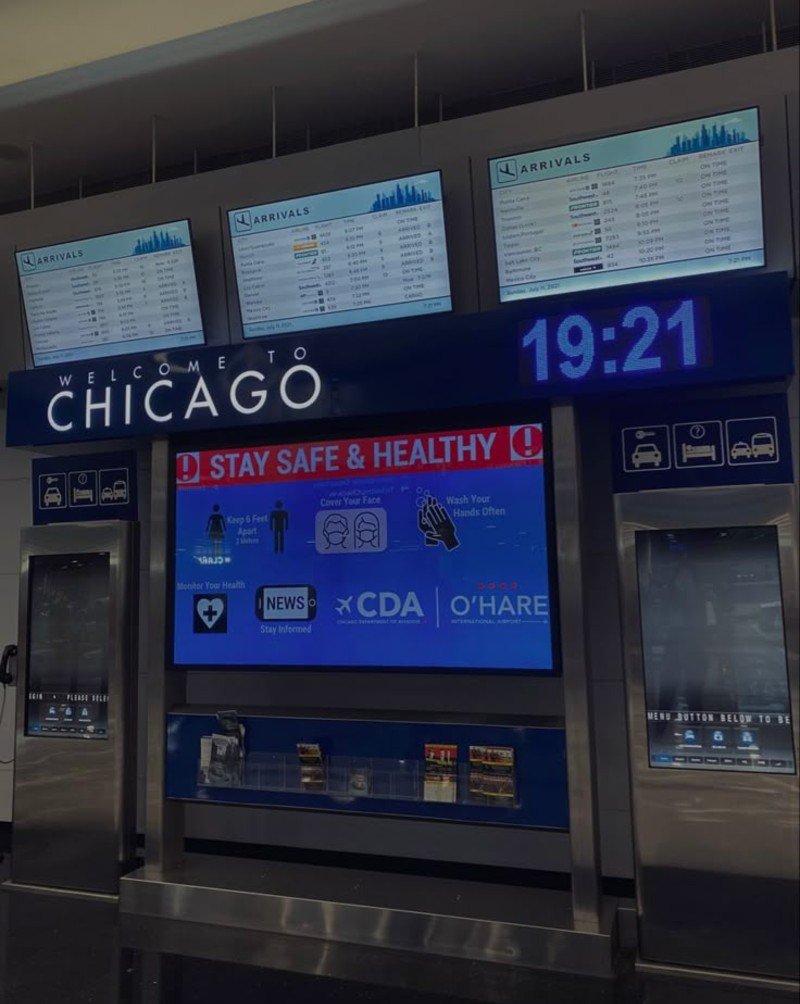
Major hubs are getting CT scanners first. Look for them at busy checkpoints in places like Atlanta, Chicago, and Los Angeles. Smaller regional airports are still using older X-ray machines.
You won’t always know which lanes have CT scanners until you get there. The machines look different from regular X-ray equipment. They’re bigger and have more screens for the agents.
How to Spot CT-Equipped Lanes
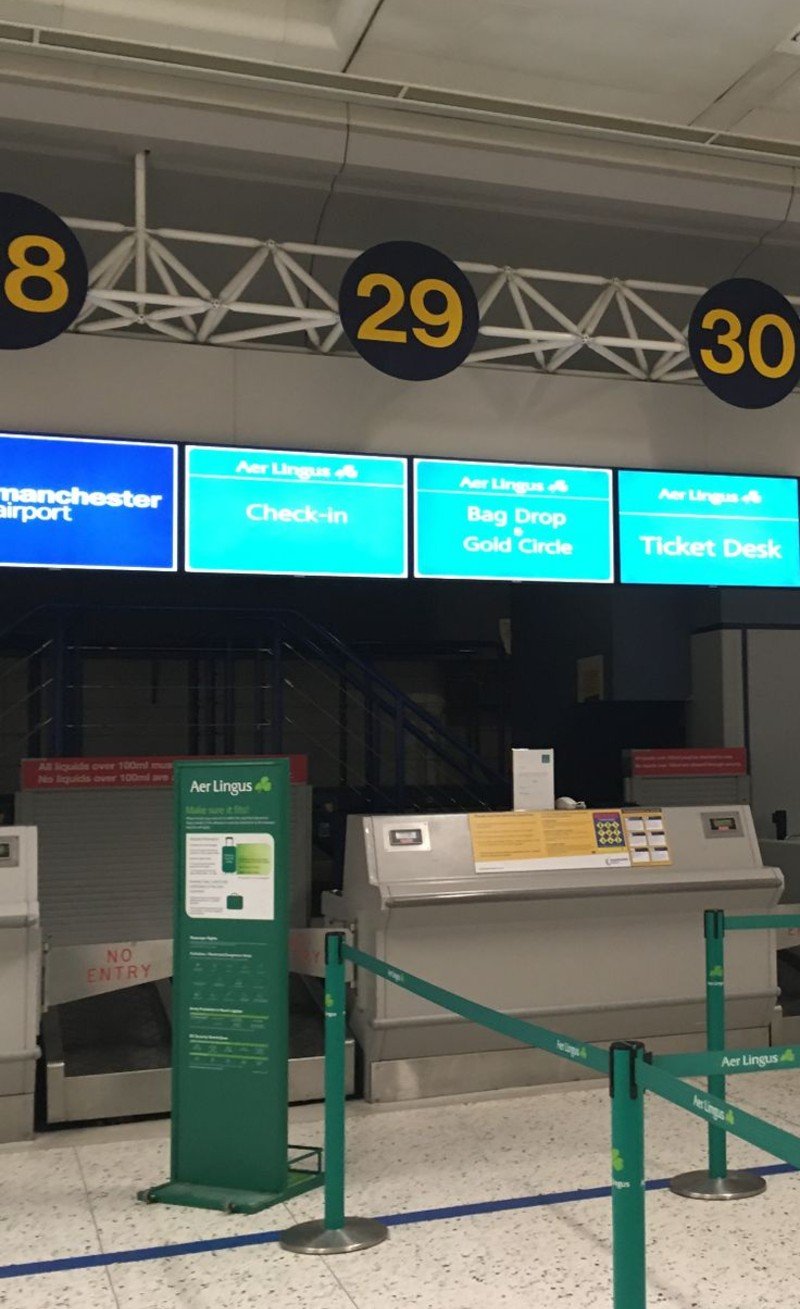
Look for signs that say you can keep laptops and liquids in your bag. This is the biggest clue that you’re in a CT scanner lane.
Watch other passengers ahead of you. Are they pulling out electronics? If not, you’re probably in the right place.
The conveyor belt system looks different too. CT scanner lanes often have multiple bins moving at once and more sophisticated equipment.
Maximize Your CT Scanner Benefits
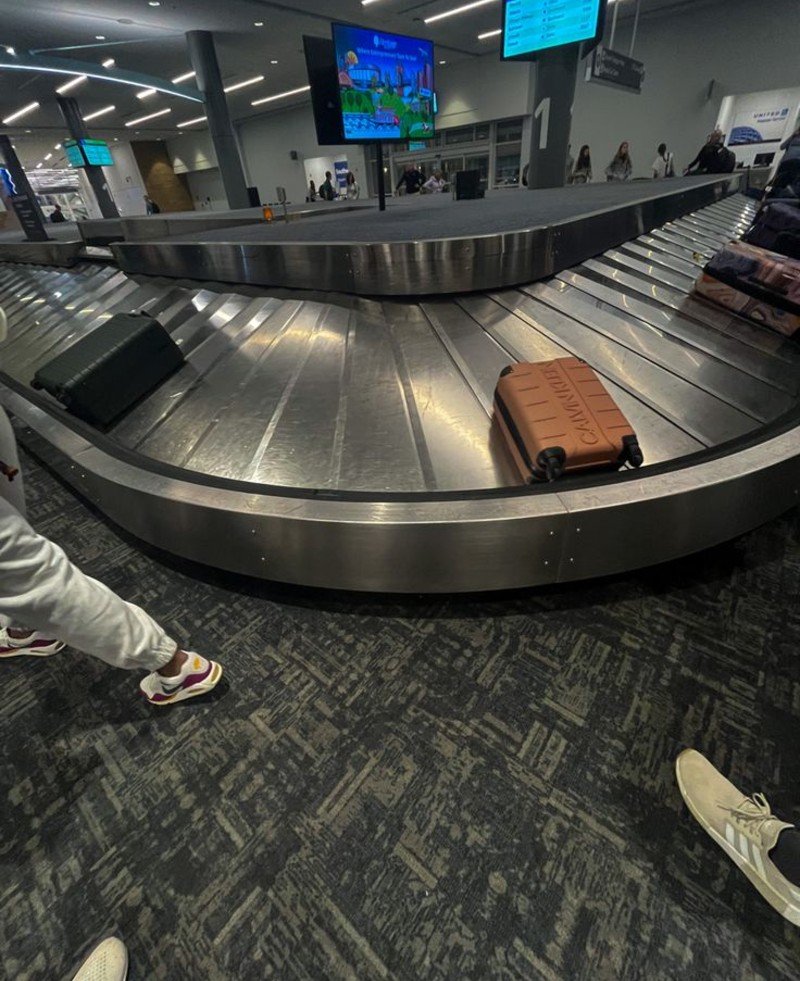
Keep your bag organized even though you don’t need to unpack it. Agents can still see everything inside. Messy bags might trigger additional screening.
Don’t overstuff your carry-on. CT scanners work better when items aren’t pressed together tightly.
Leave your liquids in their normal spots in your bag. Don’t put them in special pockets or try to hide them. The scanner sees everything anyway.
The Catch Nobody Talks About
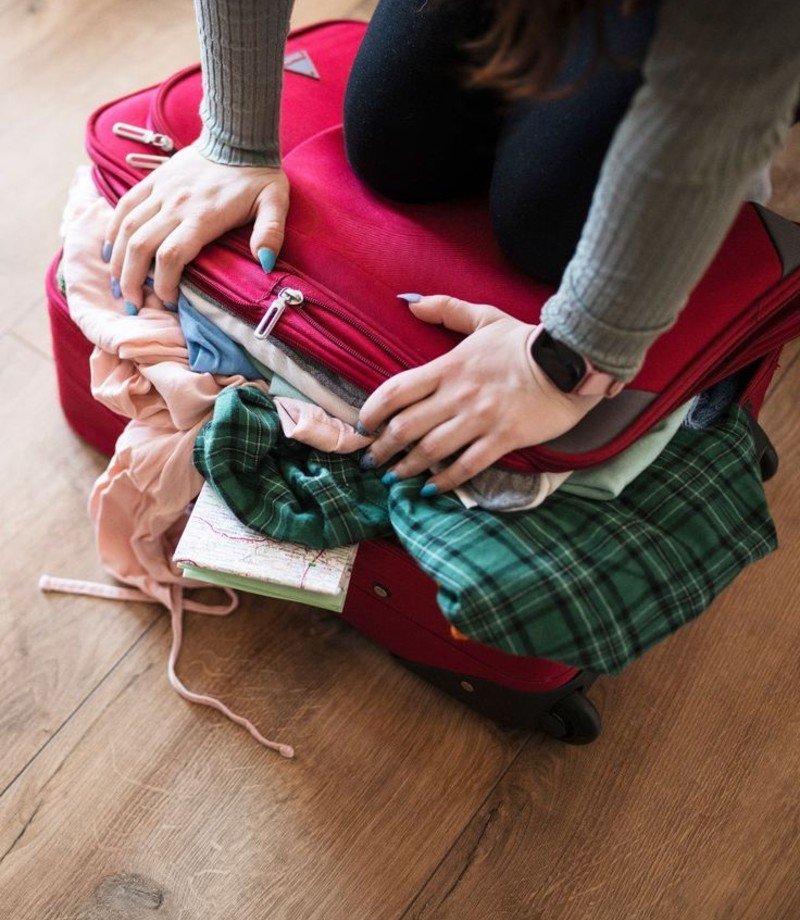
CT scanner lanes aren’t always faster. Sometimes they move slower because people don’t know the rules. They still unpack everything out of habit.
These lanes can break down more often than regular X-ray machines. When they do, you’ll get redirected to a standard lane anyway.
Some airports only run CT scanners during peak hours. Early morning or late night flights might not have access to this technology.Your Strategy
Look for CT scanner lanes when you arrive at security. If you find one, use it. Keep everything packed and walk through confidently.
If you don’t see CT scanners, don’t stress. The old system still works fine. Just be ready to unpack your electronics and liquids like usual.
This technology is spreading fast. More airports add CT scanners every month. Soon this will be the standard everywhere.
#5. Access TSA PreCheck Benefits Without Paying Full Price
You want faster security lines but don’t want to pay $78 for TSA PreCheck. Smart travelers know several ways to get the same benefits for less money or even free.
The Random Assignment Secret at Smaller Airports
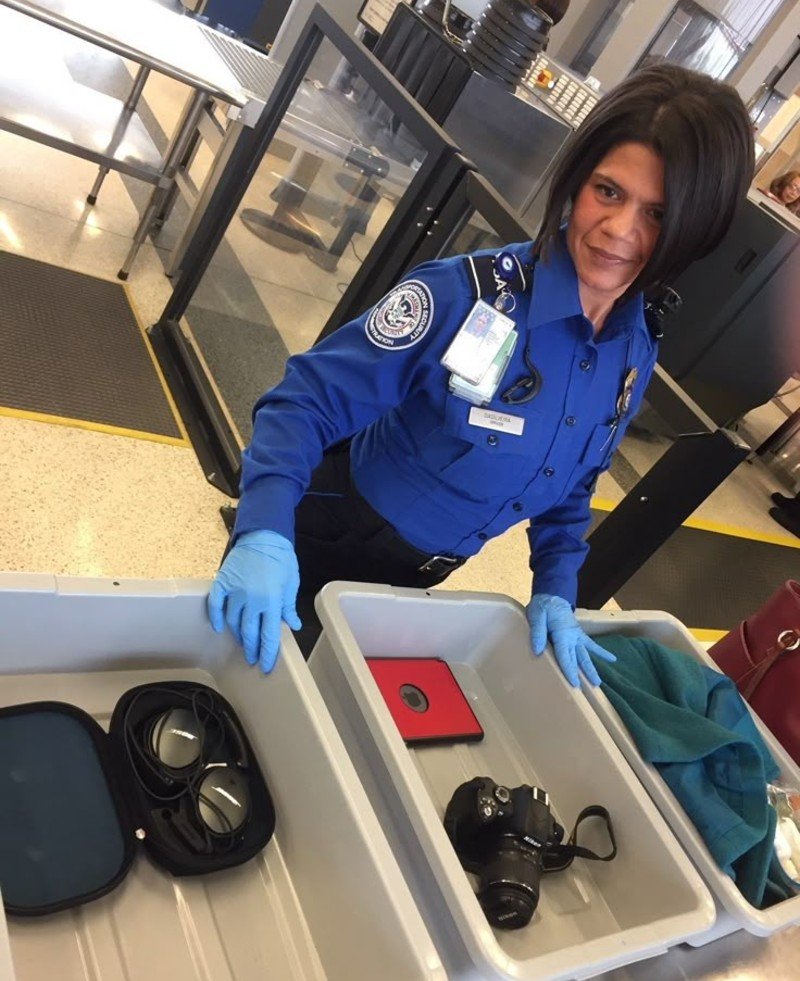
Some smaller or mid-sized airports may randomly assign TSA PreCheck status to passengers who book early or during peak times. This isn’t guaranteed, but it happens more than you think.
Book your flight early at smaller airports. Sometimes the system automatically gives you TSA PreCheck benefits even without membership. You’ll see it printed on your boarding pass.
Family Enrollment Deals That Save Real Money

Limited-time offer: Enroll with a family member and get $15 off the 2nd enrollment. TSA runs these promotions several times per year.
A family of four can save $30 total. That brings the cost down to $63 per person instead of $78. Sign up together during promotional periods for the best TSA PreCheck free deals.
Military Families Get It Completely Free
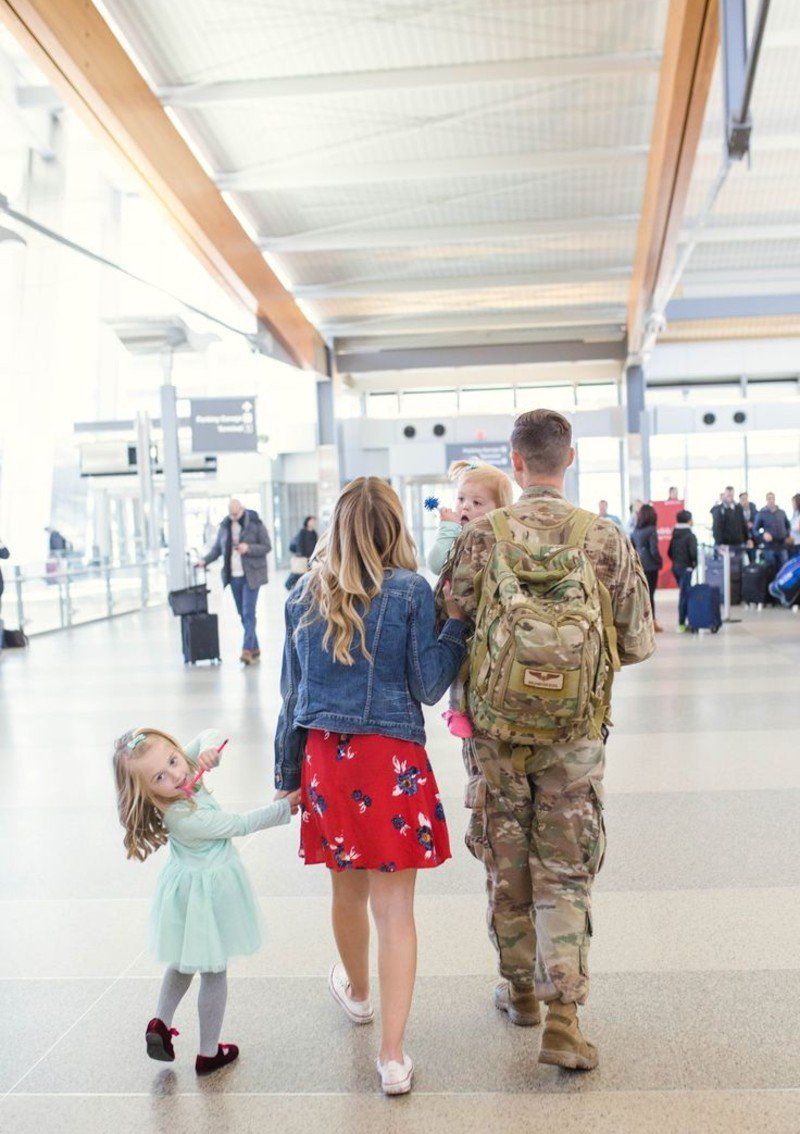
Military personnel and civilian Department of Defense (DOD) staff are eligible for free TSA PreCheck by using their DOD ID number as their Known Traveler Number.
Active duty, reserves, and DOD civilian employees all qualify. You don’t need to apply or pay anything. Just use your DOD ID number when booking flights.
Military spouses and dependents don’t get free access. But they can still use family enrollment discounts to save money.
Children Under 17 Travel Free With Adults
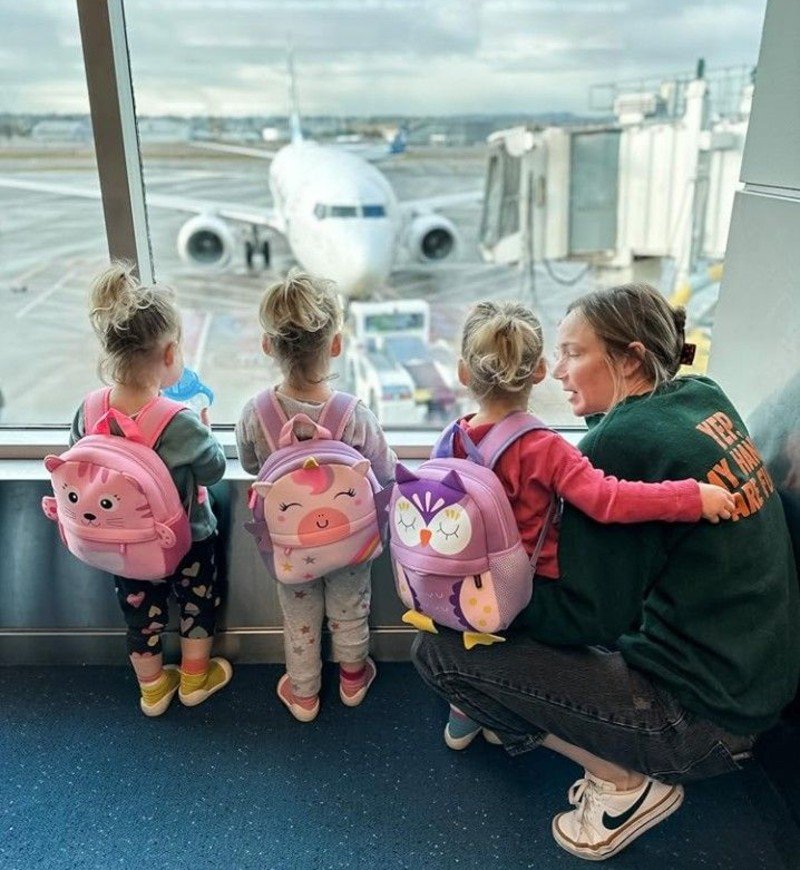
Children 17 and under can join an adult with TSA PreCheck when TSA PreCheck appears on the child’s boarding pass. One parent with PreCheck can bring the whole family through the fast lane.
The kids need to be on the same reservation as the adult. Their boarding passes don’t need to show PreCheck status. They just follow the adult through the expedited screening.
Credit Cards That Pay Your Enrollment Fees
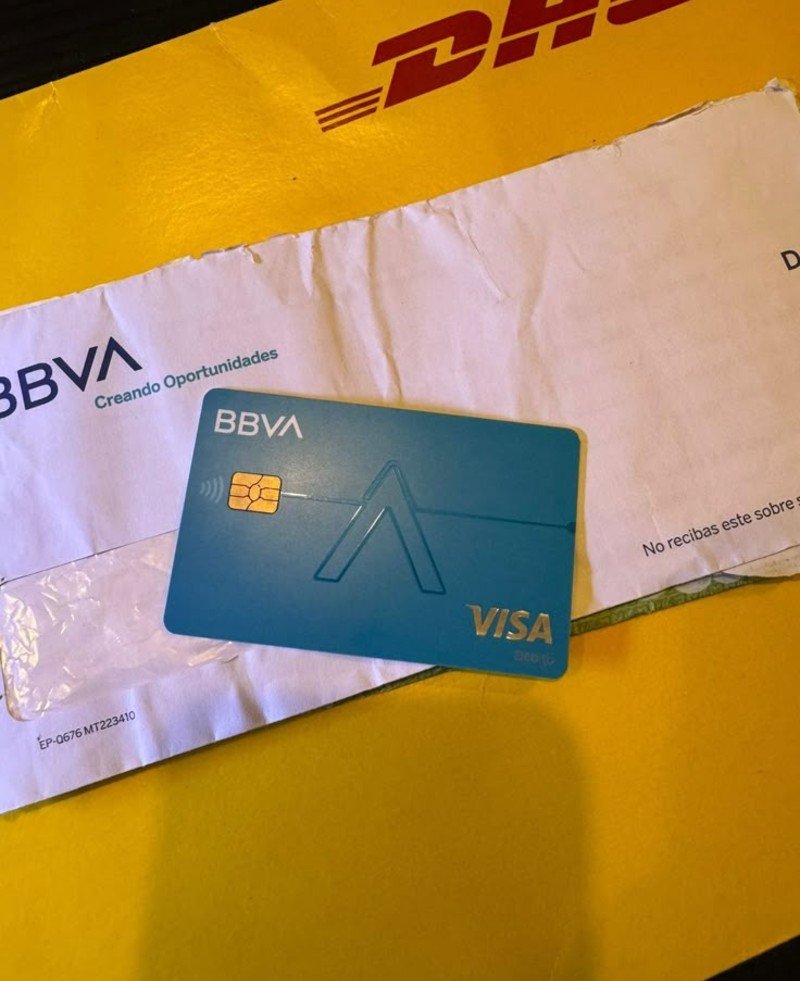
Many travel credit cards reimburse Global Entry or TSA PreCheck fees. Cards like Chase Sapphire Preferred, Capital One Venture, and American Express Platinum cover the full cost.
Apply for the card, get approved, and use it to pay your enrollment fee. The credit appears on your statement within a few months.
The Truth About Free Options
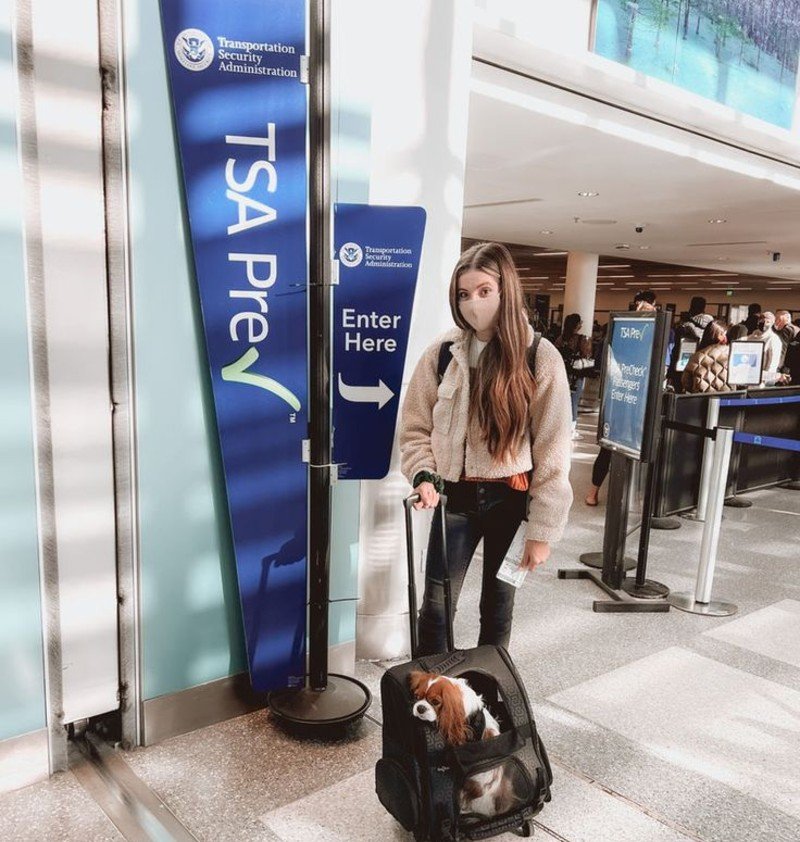
Most TSA PreCheck free methods aren’t guaranteed. Random assignments happen but you can’t count on them. Military benefits are real but only apply to specific people.
The paid programs work better and more consistently. But these strategies can help you save money or get access without the full cost.
Your best bet is still to pay for TSA PreCheck or Global Entry during a promotional period. The time savings over five years make it worth the investment.
FAQs
Are these airport security tricks actually legal?
Yes, all these strategies follow current TSA rules. Family lanes are real TSA programs. Using apps to check wait times is encouraged by the government. CT scanners are official TSA technology. We don’t recommend anything that breaks rules or gets you in trouble.
How much time will these tricks actually save me?
Most people save 15-30 minutes total using these methods. Keeping shoes on saves 2-3 minutes. Family lanes can save 15-20 minutes during busy times. Good timing avoids 30+ minute waits.
What if a TSA agent tells me I can’t do something?
Always follow what TSA agents tell you. Don’t argue or cause problems. If an agent asks you to remove shoes, just do it. If they say you can’t use the family lane, go to the regular line.

